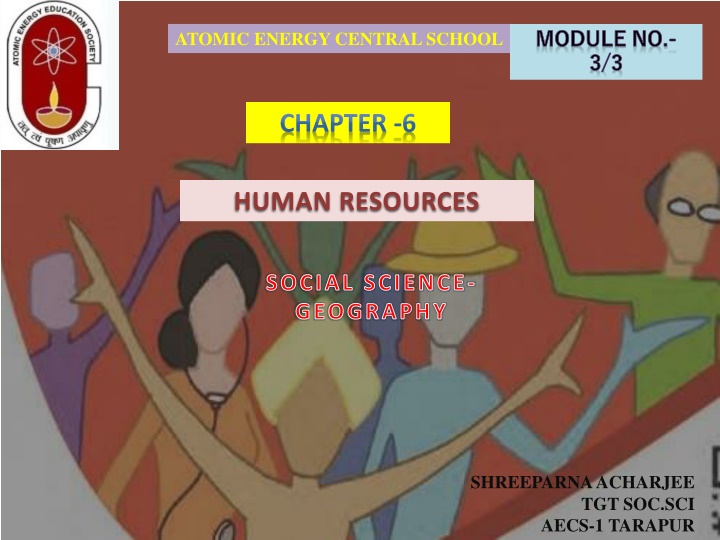Uniprocessor Lock Implementation Overview
This content provides an overview of different lock implementations for uniprocessor and multi-core systems. It discusses the design and functionality of lock classes, including methods for locking and unlocking, as well as handling queues and thread blocking. Various versions of lock implementations are presented, showcasing solutions for both single-core and multi-core architectures.
Download Presentation

Please find below an Image/Link to download the presentation.
The content on the website is provided AS IS for your information and personal use only. It may not be sold, licensed, or shared on other websites without obtaining consent from the author.If you encounter any issues during the download, it is possible that the publisher has removed the file from their server.
You are allowed to download the files provided on this website for personal or commercial use, subject to the condition that they are used lawfully. All files are the property of their respective owners.
The content on the website is provided AS IS for your information and personal use only. It may not be sold, licensed, or shared on other websites without obtaining consent from the author.
E N D
Presentation Transcript
ATOMIC ENERGY CENTRAL SCHOOL MODULE NO.- 3/3 CHAPTER -6 HUMAN RESOURCES SOCIAL SCIENCE- GEOGRAPHY SHREEPARNA ACHARJEE TGT SOC.SCI AECS-1 TARAPUR
POPULATION COMPOSITION POPULATION COMPOSITION People vary greatly in their age, sex, literacy level, health condition, occupation and income level. It is essential to understand these characteristics of the people. Population composition refers to the structure of the population.
The composition of population helps us to know how many are: MALE OR FEMALE MALE OR FEMALE AGE GROUP AGE GROUP LITERACY RATE AND LEVEL LITERACY RATE AND LEVEL OCCUPATION OCCUPATION INCOME LEVEL INCOME LEVEL HEALTH CONDITION HEALTH CONDITION
An interesting way of studying the population composition of a country is by looking at the population pyramid, also called an age-sex pyramid. A population pyramid shows The total population divided into various age groups, e.g., 5 to 9 years, 10 to 14 years. The percentage of the total population, subdivided into males and females, in each of those groups.
The shape of the population pyramid tells the story of the people living in that particular country. The numbers of children (below 15 years) are shown at the bottom and reflect the level of births. The size of the top shows the numbers of aged people (above 65 years) and reflects the number of deaths. above 65 years (DEPENDENTS) WORKING GROUP below 15 years(DEPENDENTS)
The population pyramid of a country in which birth and death rates both are high is broad at the base and rapidly narrows towards the top. This is because although, many children are born, a large percentage of them die in their infancy, relatively few become adults and there are very few old people. This situation is typified by the pyramid shown for Kenya POPULATION PYRAMID OF KENYA
In countries where death rates (especially amongst the very young) decreasing, the pyramid is broad in the younger age groups, because infants survive adulthood. This can be seen in the pyramid for India. Such populations contain a relatively large number of young people and which means a strong and expanding force. are more to labour POPULATION PYRAMID OF INDIA
In countries like Japan, low birth rates pyramid narrow at the base. Decreased rates allow numbers of people to reach old age. make the death POPULATION PYRAMID OF JAPAN
Skilled, spirited and hopeful young people endowed with a positive outlook are the future of any nation. We in India are fortunate to have such a resource. They must be educated and provided skills and opportunities to become able and productive.
SHREEPARNA ACHARJEE TGT AECS-1 TARAPUR























